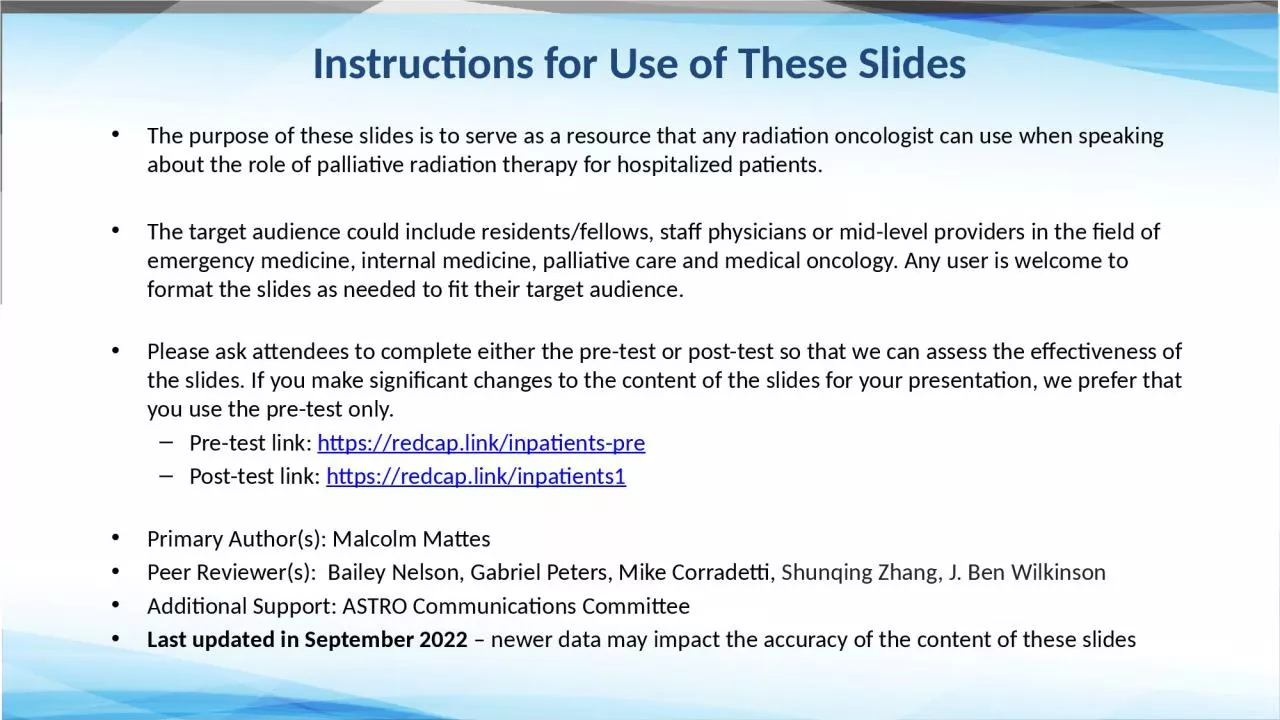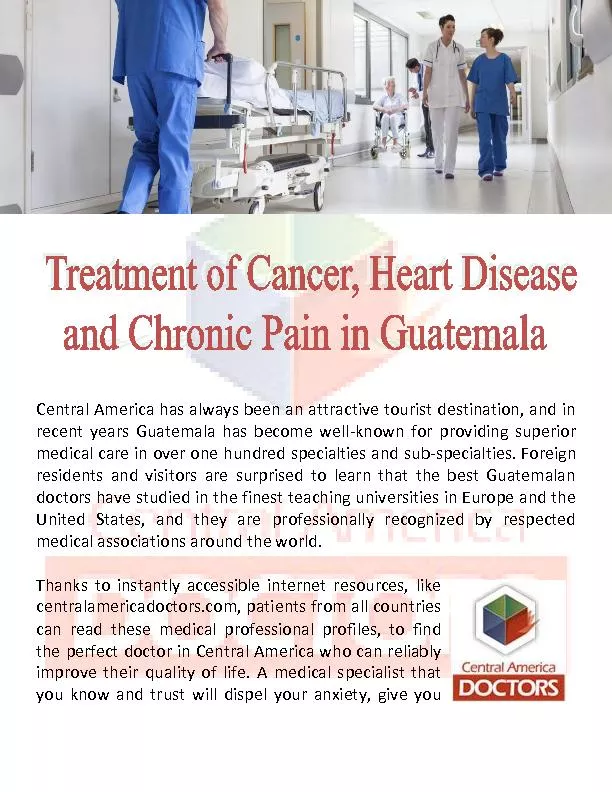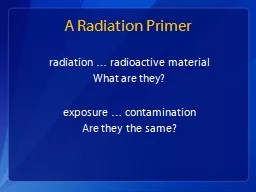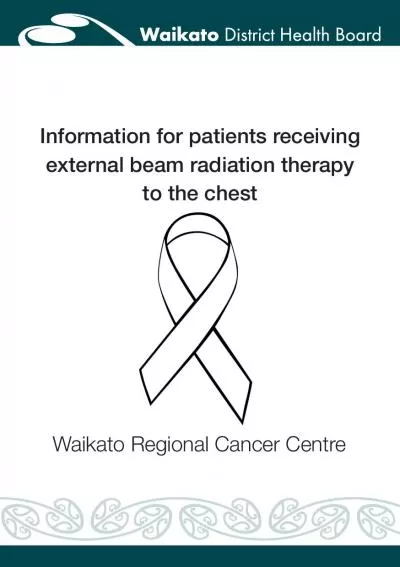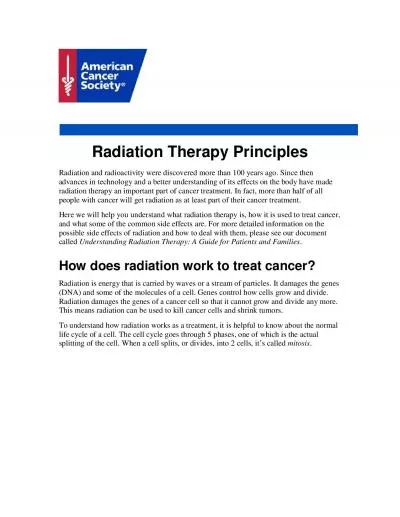PPT-The purpose of these slides is to serve as a resource that any radiation oncologist can
Author : eliza | Published Date : 2024-01-13
The target audience could include residentsfellows staff physicians or midlevel providers in the field of emergency medicine internal medicine palliative care and
Presentation Embed Code
Download Presentation
Download Presentation The PPT/PDF document "The purpose of these slides is to serve ..." is the property of its rightful owner. Permission is granted to download and print the materials on this website for personal, non-commercial use only, and to display it on your personal computer provided you do not modify the materials and that you retain all copyright notices contained in the materials. By downloading content from our website, you accept the terms of this agreement.
The purpose of these slides is to serve as a resource that any radiation oncologist can: Transcript
Download Rules Of Document
"The purpose of these slides is to serve as a resource that any radiation oncologist can"The content belongs to its owner. You may download and print it for personal use, without modification, and keep all copyright notices. By downloading, you agree to these terms.
Related Documents

